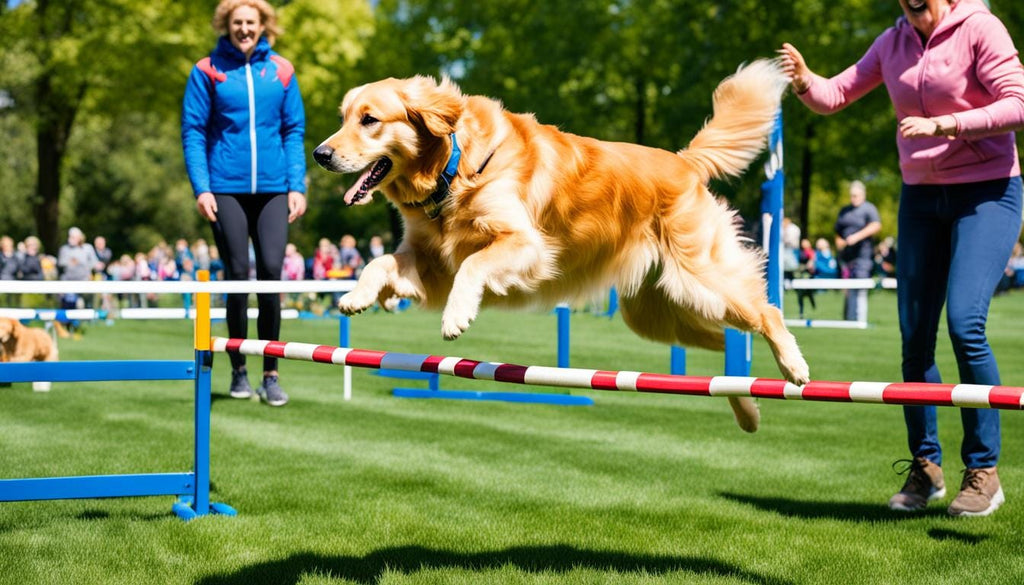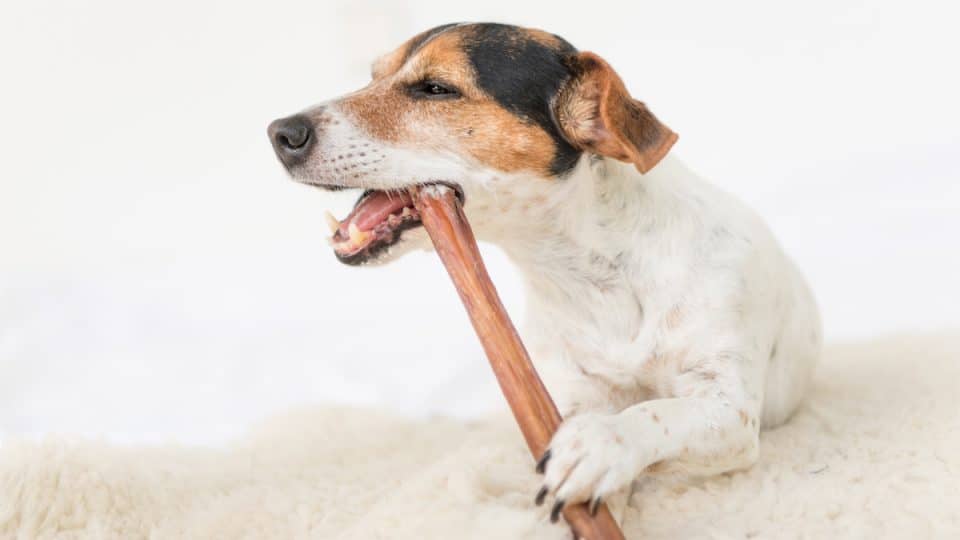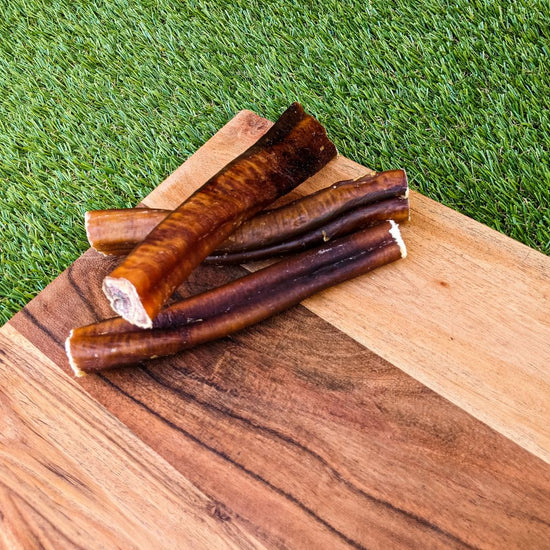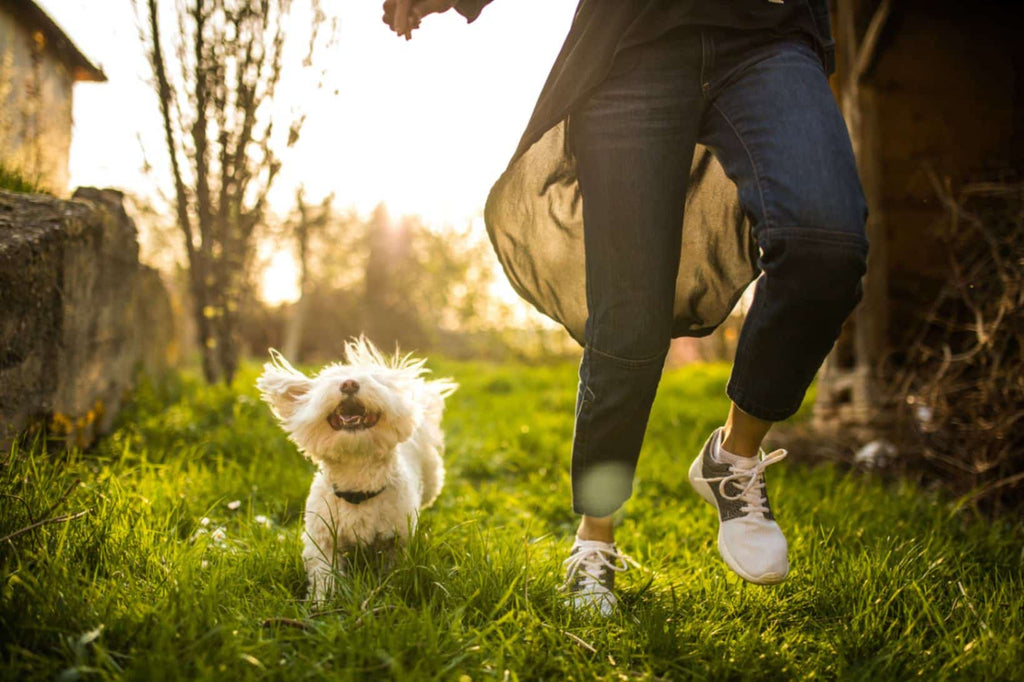
The Ultimate Guide to Puppy Training: Tips and Techniques

The Ultimate Guide to Puppy Training: Tips and Techniques
Introduction: Training a puppy is a crucial part of raising a well-behaved and happy dog. It sets the foundation for a strong bond between you and your pet, ensuring they grow up to be obedient, social, and well-adjusted. In this comprehensive guide, we will explore the best tips and techniques for puppy training, helping you navigate this exciting and challenging journey.
Why Is Puppy Training Important?
1. Establishing Good Behavior: Training helps instill good behavior from an early age, making it easier to manage your dog as they grow. Teaching basic commands like "sit," "stay," and "come" ensures your puppy learns to listen and respond appropriately.
2. Socialization: Socializing your puppy with other dogs, people, and different environments is crucial for preventing behavioral issues like aggression and anxiety. Proper socialization helps your puppy become confident and comfortable in various situations.
3. Building a Strong Bond: Training sessions provide an excellent opportunity for you and your puppy to bond. Positive reinforcement techniques create a trusting and respectful relationship between you and your pet.
4. Preventing Destructive Behavior: Training can prevent destructive behaviors such as chewing, digging, and excessive barking. By providing mental and physical stimulation, training keeps your puppy occupied and reduces the likelihood of them developing bad habits.
Essential Puppy Training Tips
1. Start Early: Begin training your puppy as soon as they come home. Puppies are highly receptive to learning between the ages of 8 and 16 weeks. Early training sets the stage for good behavior throughout their life.
2. Use Positive Reinforcement: Positive reinforcement involves rewarding your puppy for good behavior with treats, praise, or playtime. This method encourages your puppy to repeat the desired behavior. Avoid punishment, as it can lead to fear and anxiety.
3. Keep Training Sessions Short: Puppies have short attention spans, so keep training sessions brief and focused. Aim for 5-10 minute sessions multiple times a day. This approach keeps your puppy engaged and prevents them from becoming overwhelmed.
4. Be Consistent: Consistency is key to successful training. Use the same commands and rewards every time to avoid confusing your puppy. Ensure all family members are on the same page and follow the same training methods.
5. Focus on Basic Commands First: Start with basic commands such as "sit," "stay," "come," and "leave it." These commands form the foundation for more advanced training and help manage your puppy's behavior in everyday situations.
6. Socialize Your Puppy: Expose your puppy to different environments, people, and other animals. Socialization helps your puppy become well-adjusted and reduces the likelihood of fear-based behaviors. Organize playdates with other vaccinated puppies and take them to puppy training classes.
7. Use Crate Training: Crate training is an effective way to housetrain your puppy and provide them with a safe space. Make the crate a positive place by using treats and toys. Gradually increase the time your puppy spends in the crate, ensuring they feel comfortable and secure.
8. Practice Patience: Training a puppy requires patience and persistence. There will be setbacks, but it's important to stay calm and positive. Celebrate small victories and understand that learning takes time.
Common Puppy Training Challenges and Solutions
1. House Training: House training is often the first challenge new puppy owners face. Establish a routine by taking your puppy outside frequently, especially after meals and naps. Use a consistent command like "go potty" and reward them when they eliminate outside. Accidents will happen; clean them up promptly without punishment.
2. Chewing: Puppies chew to explore their environment and soothe teething pain. Provide appropriate chew toys and redirect your puppy when they chew on inappropriate items. Use deterrent sprays on furniture and keep valuable items out of reach.
3. Barking: Excessive barking can be a problem. Identify the cause of the barking and address it. If your puppy barks for attention, ignore them until they are quiet. Reward them for being quiet and teach the "quiet" command.
4. Jumping Up: Puppies often jump up to greet people. Teach them to sit instead by ignoring them when they jump and rewarding them when they sit. Consistently reinforce this behavior with all family members and visitors.
Advanced Training Techniques
1. Clicker Training: Clicker training uses a small device that makes a clicking sound to mark desired behavior. The click is followed by a reward, helping your puppy quickly associate the click with positive reinforcement. Clicker training is effective for teaching complex behaviors and tricks.
2. Leash Training: Teaching your puppy to walk on a leash without pulling is essential for enjoyable walks. Use a harness and a short leash to maintain control. Reward your puppy for walking beside you and stop walking if they pull. Resume walking when the leash is slack.
3. Recall Training: A reliable recall command ("come") is crucial for your puppy's safety. Practice recall in a secure area, starting with short distances and gradually increasing. Use high-value treats and praise to make coming to you a rewarding experience.
4. Agility Training: Agility training involves navigating an obstacle course and is a fun way to provide physical and mental stimulation. Start with basic obstacles like tunnels and jumps, and gradually introduce more challenging elements. Agility training builds confidence and strengthens your bond with your puppy.
Conclusion
Training your puppy is a rewarding experience that lays the foundation for a well-behaved and happy dog. By using positive reinforcement, being consistent, and addressing common challenges with patience, you can successfully train your puppy and enjoy a strong, loving bond with your furry friend.
FAQs:
Q: When should I start training my puppy? A: Begin training as soon as you bring your puppy home, ideally between 8 and 16 weeks of age.
Q: How do I socialize my puppy? A: Expose your puppy to different environments, people, and other animals. Organize playdates with vaccinated puppies and enroll in puppy training classes.
Q: What should I do if my puppy has an accident in the house? A: Clean up accidents promptly without punishment. Take your puppy outside frequently and reward them for eliminating in the appropriate spot.
Q: How can I stop my puppy from biting? A: Provide appropriate chew toys and redirect your puppy when they bite. Use positive reinforcement to encourage gentle behavior.
By following these tips and techniques, you can ensure a successful training journey and enjoy the many rewards of raising a well-behaved and happy puppy.






